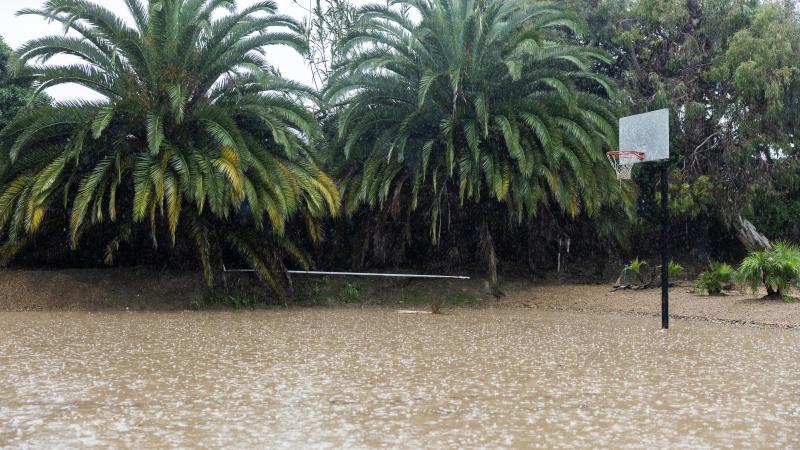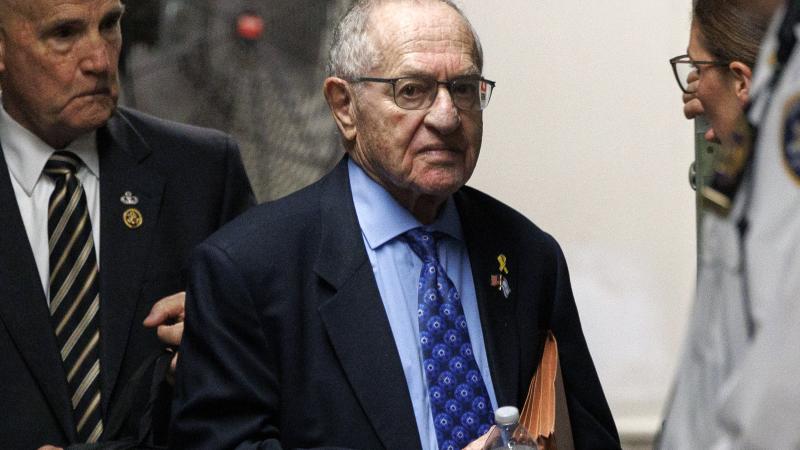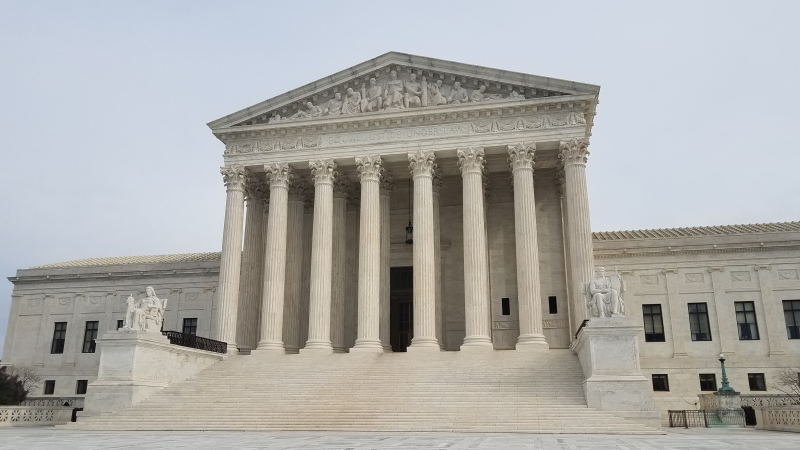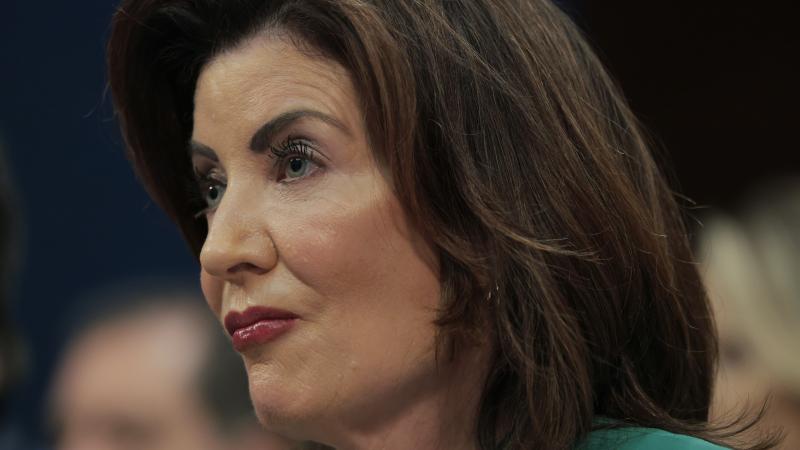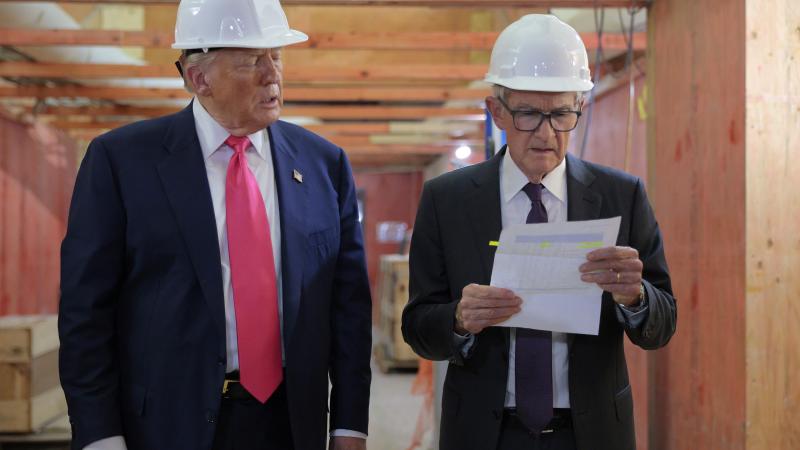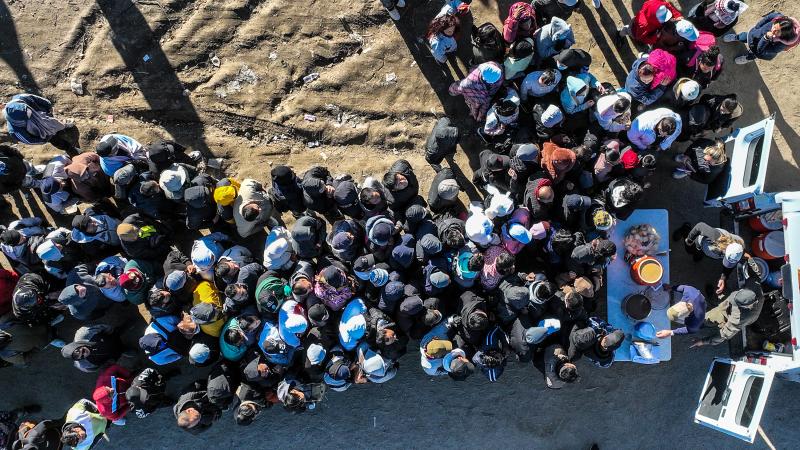Black Lives Matter boomerang: How media flipped script on violent protests after Capitol riot
After a year of equivocation on destructive BLM riots, journalists appear to reverse position.
The violent, deadly riot at the U.S. Capitol on Wednesday has prompted numerous media players to apparently flip the script on violent protests, brushing aside standards that they established last summer when much of the country was gripped by Black Lives Matter-led violence and rioting in major American cities.
Wednesday's riot, in which an unarmed woman was shot by a U.S. Capitol Police officer, was spun off from a massive "Stop the Steal" rally organized by supporters of President Donald Trump in protest of congressional certification of President-elect Joe Biden's 2020 election win. A large group of attendees from that march eventually stormed the steps of the U.S. Capitol, pushing back a police barricade.
A smaller but still sizable portion of that group made its way inside, breaking windows and driving lawmakers into evacuation while effectively seizing control of portions of the Capitol for a period of time.
While there, protesters dangled from ledges in the Senate chambers, occupied and trashed the offices of various elected officials, stole and/or defaced property, and clashed with police. In many cases law enforcement had their weapons drawn and pointed at protesters. Ashli Babbit, a 35-year-old U.S. Air Force veteran and Trump supporter from Ocean Beach, Calif. was shot in the neck and was later pronounced dead.
Media drops rationalization of violence in favor of condemnation
The violent intrusion into the Capitol was met with near-universal condemnation worldwide, including by virtually every media outlet, broadcaster and commentator.
Yet the language on display from much of the media yesterday was a sharp departure from rhetoric deployed by journalists last summer at the height of the Black Lives Matter-led riots and violence that gripped the country intermittently for several months.
At the time, many reporters, commentators and news organizations took pains to contextualize, rationalize and in some cases soften their coverage of those riots. Nearly 20 people died in the civil unrest in its first two weeks, which caused billions of dollars in damage to businesses, homes and other property, turning some urban centers into fiery wastelands and sending business owners scrambling to fortify their shops against destruction.
In early June, CNN host Chris Cuomo argued at the time that protesters should not be expected to be "polite and peaceful" during their demonstrations.
"[P]lease, show me where it says protesters are supposed to be polite and peaceful," he said at the time. "Because I can show you that outraged citizens are what made the country what she is and led to any major milestone. To be honest, this is not a tranquil time."
In the midst of Wednesday's Capitol riot, Cuomo appeared to have sharply changed his tune. "Those who stoked these flames must be remembered. They fed lies and moved people to exactly what we are seeing," he wrote on Twitter.
"This is what you all pushed for," he wrote later, referring to Trump-aligned conservatives. "Stoked. Agitated. Deceived. So angry, all 'us vs them' ... and this is where it led. As you all knew it might." He further referred to the riot as "the low point in modern history."
The Associated Press, meanwhile, appeared in its coverage of the riot to depart from a new stylistic approach it adopted last year.
Informing readers that it would be "us[ing] care" in describing civil unrest, the news organization in September wrote on Twitter: "A riot is a wild or violent disturbance of the peace involving a group of people. The term riot suggests uncontrolled chaos and pandemonium."
The AP argued that "focusing on rioting and property destruction rather than underlying grievance has been used in the past to stigmatize broad swaths of people protesting against lynching, police brutality or for racial justice, going back to the urban uprisings of the 1960s."
Suggesting an alternative, the AP wrote: "Unrest is a vaguer, milder and less emotional term for a condition of angry discontent and protest verging on revolt."
The news wire appeared to utilize that standard in its coverage of last summer's violent demonstrations, when in the late spring it described violent looting, arson, flag-burning and clashes with police as "unrest." It similarly described as "unrest" sustained chaos in Minneapolis that involved the burning of a police station and multiple other buildings, some of which firefighters were unable to access due to ongoing violence.
Yet the Associated Press in multiple stories this week described the Capitol crisis as a "riot," making it unclear just how the news service applies the standards it appears to have developed in the midst of the Black Lives Matter protests last year.
As with his colleague Chris Cuomo, CNN's Don Lemon also appeared to sharply reverse his position on rioting after Wednesday's crisis.
Criticizing what he alleged was Trump's culpability for the riot at the Capitol, Lemon addressed Trump as "the worst of the worst" and said: "Some day in the future that will be all anyone remembers of you, that you were awful, terrible, the worst president, and that you won by an electoral fluke and by lying to people. You are a complete and utter disgrace is what people will remember."
On Twitter, meanwhile, he wrote of the protests: "So much for [law and order]."
Yet Lemon was more sanguine about riots during last year's Black Lives Matter demonstrations.
Noting that the violent demonstrations at the time were "quite frankly anarchy," Lemon nevertheless argued: "Our country was started because [of] the Boston tea party. Rioting."
"So do not get it twisted," he said further, "and think this is something that has never happened before and this is so terrible and these savages and all of that. This is how this country was started."
The riots, he argued, were "indicative of the pain and sadness in this country of people who feel that they have no other alternative but to exhibit this behavior in our country. No other option."
In late May of last year, after two nights of violence, arson and destruction in Minneapolis, "Today Show" reporter Craig Melvin said the network would be refraining from calling the mayhem a "riot."
"While the situation on the ground in Minneapolis is fluid, and there has been violence," he wrote on Twitter, "it is most accurate at this time to describe what is happening there as 'protests' — not riots'."
On Thursday, on the other hand, the "Today Show" referred to the Capitol riot as a riot.
None of the media figures or organizations named in this article responded to queries from Just the News on Thursday.

